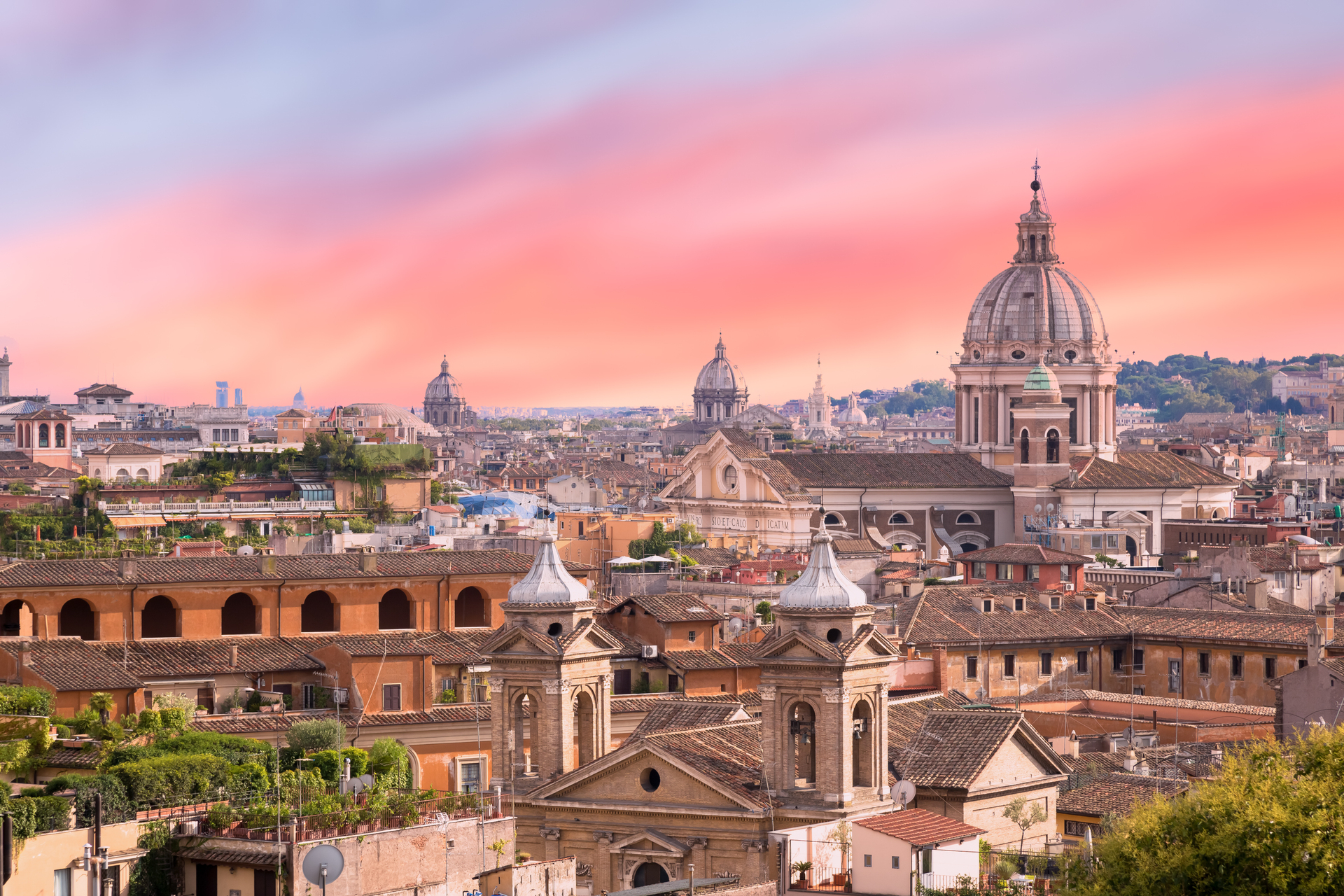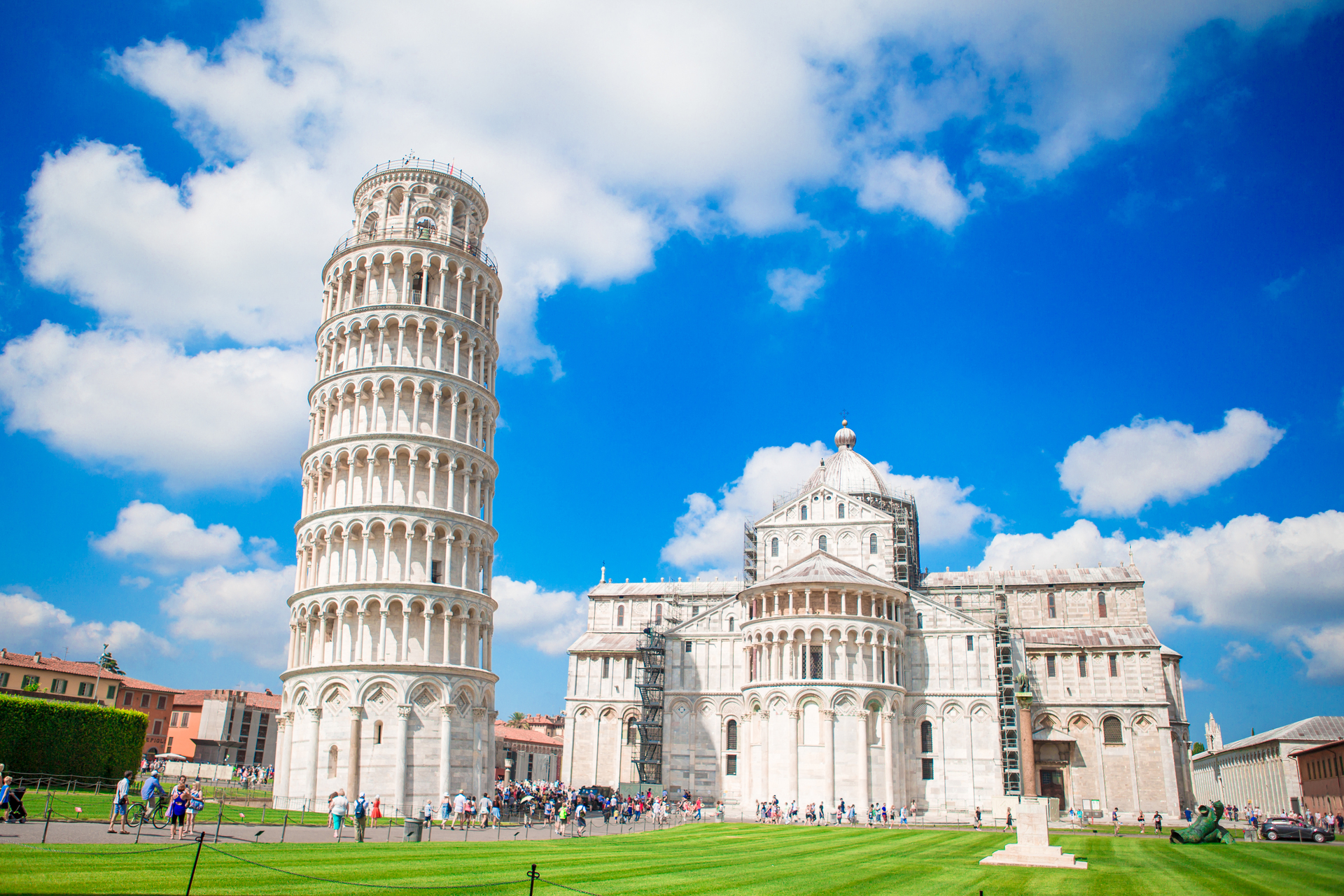
Italy Travel Tips: Your Ultimate Guide to Exploring Italy
Planning a trip to Italy? With its rich history, stunning landscapes, and world-class cuisine, Italy is a top destination for travelers from around the world. However, before you dive into the magic of ancient ruins, charming towns, and mouth-watering pasta, it's important to prepare for your journey with the right Italy travel tips. From cultural etiquette to transportation hacks, understanding these essential tips can make your trip smoother, more enjoyable, and truly memorable.
Whether you're visiting as a tourist or considering an internship abroad, such as those offered by the Asia Internship Program (AIP) in Italy, this guide has you covered.
In this guide, we'll cover:
- Essential Italy Travel Tips for a Memorable Journey
- Packing and Preparation
- Navigating Transportation in Italy
- Must-See Attractions and Destinations
- Dining and Cuisine Tips
- Cultural Etiquette and Local Customs
- Safety Tips for Traveling in Italy
- How AIP Can Enhance Your Italian Experience
Essential Italy Travel Tips for a Memorable Journey
When traveling to Italy, a little preparation goes a long way. The country offers diverse experiences, from bustling cities to serene countryside landscapes, but with this diversity come various cultural and practical considerations. These Italy travel tips will help ensure you have a seamless experience as you navigate Italy’s beautiful landscapes and vibrant cities.

Cultural Differences and Local Customs
Italy is a country rich in tradition, and as a visitor, it's important to respect local customs. Italians are known for their warmth and hospitality, but they also value good manners and courtesy. For instance, dressing appropriately when visiting religious sites is essential—cover your shoulders and knees when entering churches.
Language Basics
While many Italians speak English in major tourist areas, learning a few basic Italian phrases can go a long way. Simple phrases like "Grazie" (thank you), "Per favore" (please), and "Buongiorno" (good morning) will make your interactions more pleasant and appreciated.
Currency and Payment
Italy uses the Euro (€), and while credit cards are widely accepted in cities, always carry some cash, especially when visiting smaller towns. ATMs are easy to find, but some local shops, cafes, and markets may only accept cash.
Packing and Preparation
Packing for a trip to Italy requires some strategic planning, and following these Italy travel tips can help ensure you're well-prepared for your adventure.
What to Pack for a Trip to Italy
Start with comfortable walking shoes, as Italy’s cobblestone streets can be unforgiving on your feet. If you plan on visiting churches or religious sites, be sure to bring modest clothing to respect local customs. Layering is key, especially in spring and fall when temperatures can fluctuate throughout the day.
Handling Italian Weather and Climate
Italy’s climate varies significantly depending on the region and time of year. Summer in Rome can be hot and humid, while winters in northern Italy can be cold and snowy. Be sure to check the weather forecast before you go and pack accordingly. If you’re traveling during the summer months, don’t forget sunscreen, a hat, and light, breathable clothing.
Importance of Travel Insurance and Necessary Documents
Having travel insurance is a must when visiting Italy. It covers medical emergencies, trip cancellations, and even lost luggage. Also, don’t forget to carry necessary documents like your passport, visa (if required), and copies of important paperwork, including travel itineraries and accommodation confirmations.
Packing Checklist for Italy
With your bags packed and these Italy travel tips in mind, you're ready to navigate the transportation systems that Italy has to offer.
Navigating Transportation in Italy
Italy has a well-developed transportation system, but it can be confusing for first-time visitors. Here are some tips for traveling in Italy when it comes to getting around:
Using Public Transportation: Trains, Buses, and Metros
The train system in Italy is one of the most efficient ways to travel between cities. High-speed trains like the Frecciarossa connect major cities such as Rome, Florence, Milan, and Naples in a matter of hours. Make sure to validate your train ticket before boarding at the yellow machines on the platform. For city travel, buses and metros are convenient and affordable, though you should always have a ticket in advance as fines for traveling without one are steep.
Renting a Car and Driving in Italy
While public transport is great for city-hopping, renting a car can give you the freedom to explore rural areas like Tuscany or the Amalfi Coast. However, driving in Italy, especially in cities like Rome or Naples, can be chaotic, with narrow streets and aggressive drivers. Be sure to familiarize yourself with local driving laws, such as Italy’s Zona a Traffico Limitato (ZTL) zones, which restrict vehicle access in certain areas.
Tips for Using Taxis and Ride-Sharing Services
Taxis in Italy don’t usually cruise the streets looking for passengers—you’ll need to find a taxi stand or call ahead. Ride-sharing services like Uber are limited in Italy, but apps like Free Now are popular in larger cities. Always confirm that the taxi is metered to avoid overcharges.
Transportation Overview
Understanding how to get around is crucial, but knowing where to go is just as important. Let's explore some must-see attractions and destinations.
Must-See Attractions and Destinations
Italy is brimming with iconic landmarks and hidden gems. Here are some must-see attractions that should be on every traveler’s list, along with some Italy travel tips for avoiding crowds and getting the most out of your visit:

Top Tourist Attractions
- Rome: The Colosseum, Vatican City, and the Roman Forum are among the most famous landmarks in the world. Book tickets online in advance to skip the lines.
- Florence: Visit the Uffizi Gallery, home to masterpieces by Michelangelo and Leonardo da Vinci, and marvel at the Duomo's stunning architecture.
- Venice: Explore the enchanting canals, St. Mark's Basilica, and take a gondola ride for a quintessential Venetian experience.
- Bologna: Known as "La Dotta, La Grassa, La Rossa" (The Learned, The Fat, The Red), Bologna is famed for its rich culinary heritage, medieval architecture, and vibrant cultural scene. Home to the oldest university in the Western world, it boasts an extensive network of porticoes (covered walkways) and iconic landmarks like the Two Towers—Asinelli and Garisenda.
Hidden Gems and Off-the-Beaten-Path Locations
If you’re looking to escape the tourist hotspots, Italy has plenty of lesser-known destinations worth visiting.
- Lucca (Tuscany): A walled city known for its well-preserved Renaissance walls and charming streets. Rent a bike to ride atop the city walls.
- Matera (Basilicata): Famous for its ancient cave dwellings called "Sassi," it's one of the oldest continuously inhabited cities in the world.
- Cinque Terre (Liguria): A collection of five picturesque seaside villages connected by hiking trails and trains. Enjoy breathtaking views of the coastline.
Best Times to Visit Popular Sites
To avoid the busiest tourist seasons, consider visiting Italy in the shoulder months of April, May, September, or October. These months offer mild weather and fewer tourists, making it easier to enjoy the attractions without long lines and crowded streets.
Popular and Hidden Italian Destinations
Dining and Cuisine Tips
Italian cuisine is known worldwide, and dining in Italy is an experience in itself. However, there are some travel tips for Italy to help you navigate the culinary scene like a local:
Trying Authentic Italian Cuisine and Regional Specialties
Italian food varies greatly by region. While pizza and pasta are staples, you’ll find unique dishes in each part of the country.
- Northern Italy: Try risotto, polenta, and dishes rich in butter and cream.
- Central Italy: Enjoy pasta with hearty sauces, truffles, and wild game.
- Southern Italy: Savor fresh seafood, tomato-based sauces, and the original Neapolitan pizza.
- Bologna (Emilia-Romagna): Indulge in tagliatelle al ragù (Bolognese sauce), tortellini, and mortadella. Bologna is considered the gastronomic capital of Italy.
Don’t forget to indulge in gelato for dessert—it’s a must-have when in Italy.

Understanding Italian Dining Etiquette
Dining in Italy follows specific customs:
- Meals are Leisurely: Italians take their time to enjoy food. Expect longer meals, especially during dinner.
- Tipping: Not obligatory, as a service charge (coperto) is usually included in your bill. Leaving extra change is appreciated but not required.
- Meal Times: Lunch typically starts around 1 PM, and dinner often not until 8 or 9 PM.
- Coffee Culture: Cappuccinos are for mornings; ordering one after a meal might mark you as a tourist.
Tips for Finding the Best Restaurants and Avoiding Tourist Traps
- Venture Away from Tourist Areas: Restaurants near major attractions may cater to tourists with inflated prices and lower quality.
- Look for Menus in Italian: If the menu is only in English, it might be a tourist spot.
- Ask Locals for Recommendations: Hotel staff or shopkeepers can suggest authentic places to eat.
- Explore Local Markets: Visiting markets like Bologna's Mercato di Mezzo offers fresh produce and regional specialties.
Cultural Etiquette and Local Customs
Understanding local traditions is crucial, and these Italy travel tips will help you navigate cultural etiquette with ease.
Common Italian Customs and Traditions
- Greetings: Italians often greet with a kiss on both cheeks, especially among friends and family.
- Dress Code: Italians dress stylishly and appreciate good attire. Casual doesn't mean sloppy.
- Punctuality: Italians can be more relaxed about time, especially in social settings. However, be punctual for business appointments.
Important Dos and Don'ts for Travelers in Italy
- Do:
- Learn Basic Italian Phrases: It shows respect and can enhance your experience.
- Dress Modestly in Churches: Cover shoulders and knees when visiting religious sites.
- Validate Tickets: Always validate train and bus tickets to avoid fines.
- Carry Cash: Small businesses may not accept credit cards.
- Don't:
- Don't Assume Everyone Speaks English: Especially in rural areas.
- Don't Eat or Drink Near Monuments: It's often prohibited and considered disrespectful.
- Don't Rush Meals: Enjoy the leisurely dining experience.
- Don't Over-Tip: Tipping excessively isn't customary and can be seen as flaunting wealth.
Safety Tips for Traveling in Italy
While Italy is generally a safe country for tourists, being aware of your surroundings and taking precautions can ensure a worry-free trip.
Staying Vigilant in Crowded Areas
Popular tourist spots like the Colosseum in Rome, Piazza Maggiore in Bologna, or the canals of Venice can be hotspots for pickpockets. Keep your belongings secure and be mindful of your surroundings, especially in crowded places. Wearing a cross-body bag and keeping valuables out of sight can deter potential thieves.
Common Scams to Avoid
- Fake Petition Scams: Someone may approach you to sign a petition and then demand a donation.
- Friendship Bracelet Scam: Vendors offer "free" bracelets and then ask for money once it's on your wrist.
- ATM Skimming: Use ATMs inside banks rather than standalone machines to avoid card skimmers.
Emergency Contacts and Assistance
- Emergency Number: Dial 112 for general assistance—it connects you to police, medical, and fire services.
- Embassy Information: Have the contact details of your country's embassy or consulate.
- Travel Registration: Register your trip with your government’s travel advisory service.
How AIP Can Enhance Your Italian Experience
If you're looking to immerse yourself in Italian culture beyond tourism, consider taking your journey a step further by participating in an international internship. The Asia Internship Program (AIP) not only offers placements in Asia but also provides valuable internship opportunities in Italy.
Why Choose AIP for Your Italian Internship?
- Customized Placements: AIP tailors internship opportunities to match your skills, interests, and career goals.
- Professional Growth: Gain hands-on experience in your field while working in an international environment.
- Cultural Immersion: Live and work in Italy, allowing you to fully embrace the local lifestyle and customs.
- Comprehensive Support: AIP assists with visa applications, accommodation arrangements, and provides ongoing support throughout your internship.
How to Get Started with AIP in Italy
- Submit Your Application: Visit the AIP website and complete the online application form.
- Consultation: An AIP representative will contact you to discuss your internship goals and preferences.
- Placement Process: AIP will match you with suitable internship opportunities in Italy.
- Prepare Your Application Materials: With AIP's guidance, craft your resume and cover letter tailored to Italian employers.
- Begin Your Italian Adventure: Once accepted, AIP will assist with logistics to ensure a smooth transition to life in Italy.
By interning in Italy through AIP, you'll not only advance your career but also gain a deeper understanding of Italian culture, language, and business practices.
Ready to Begin Your Italian Journey?
Visit the AIP website to learn more about available programs and start your application. Whether you're exploring as a traveler or building your career with an internship, Italy awaits with open arms.
